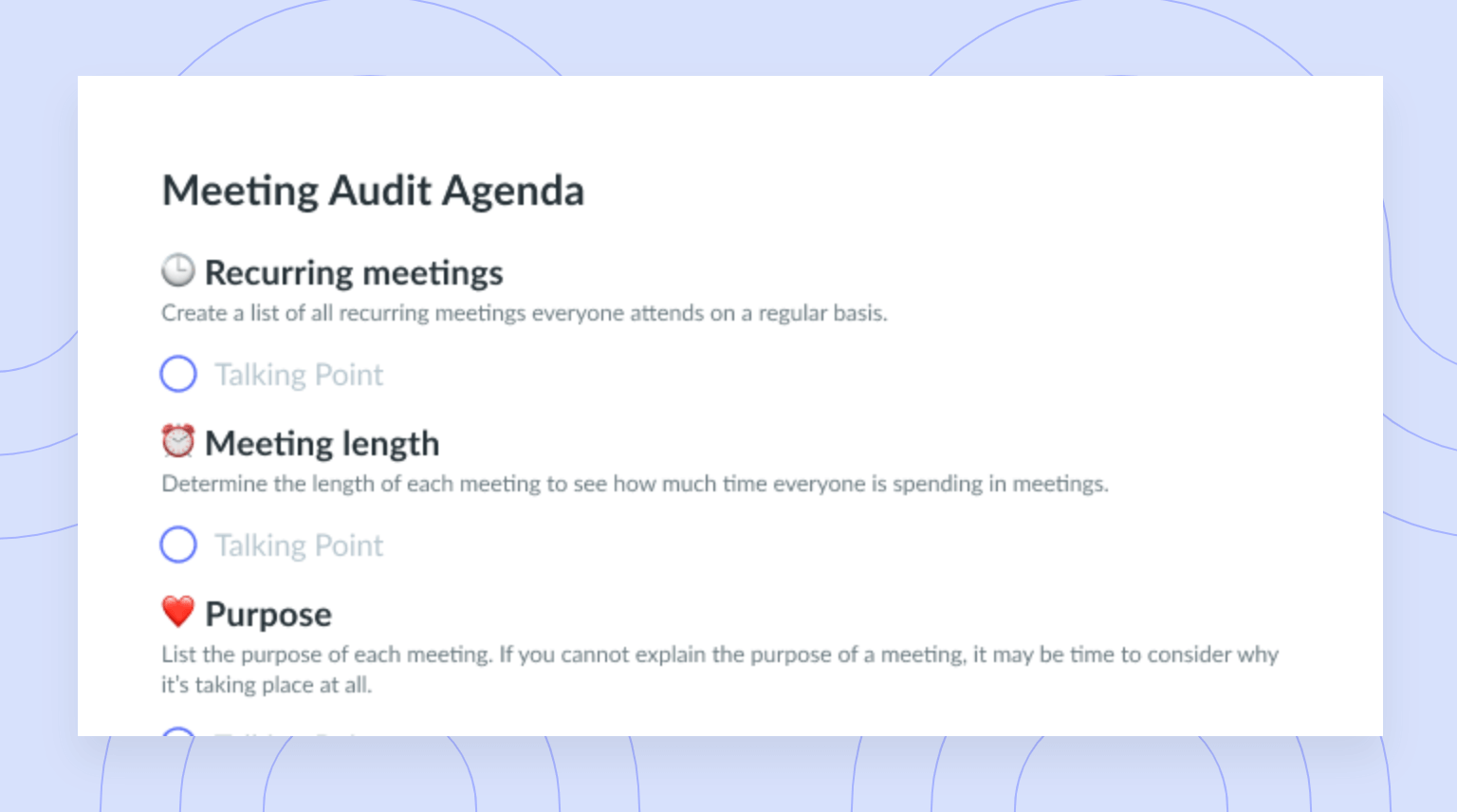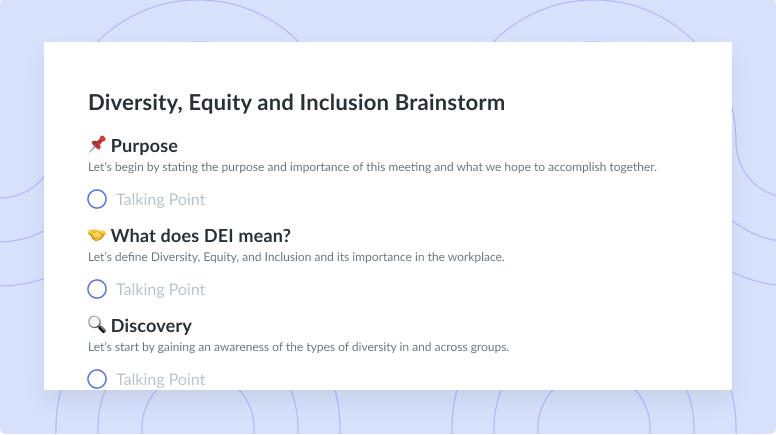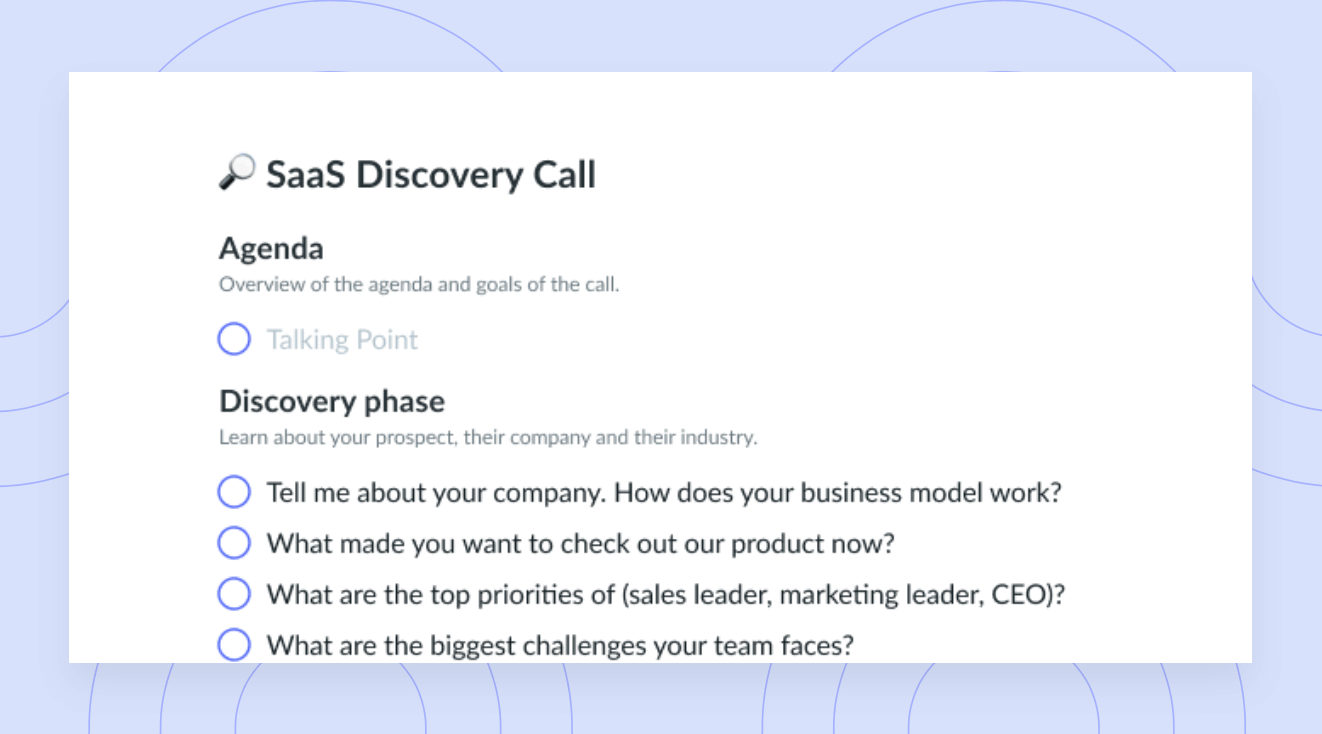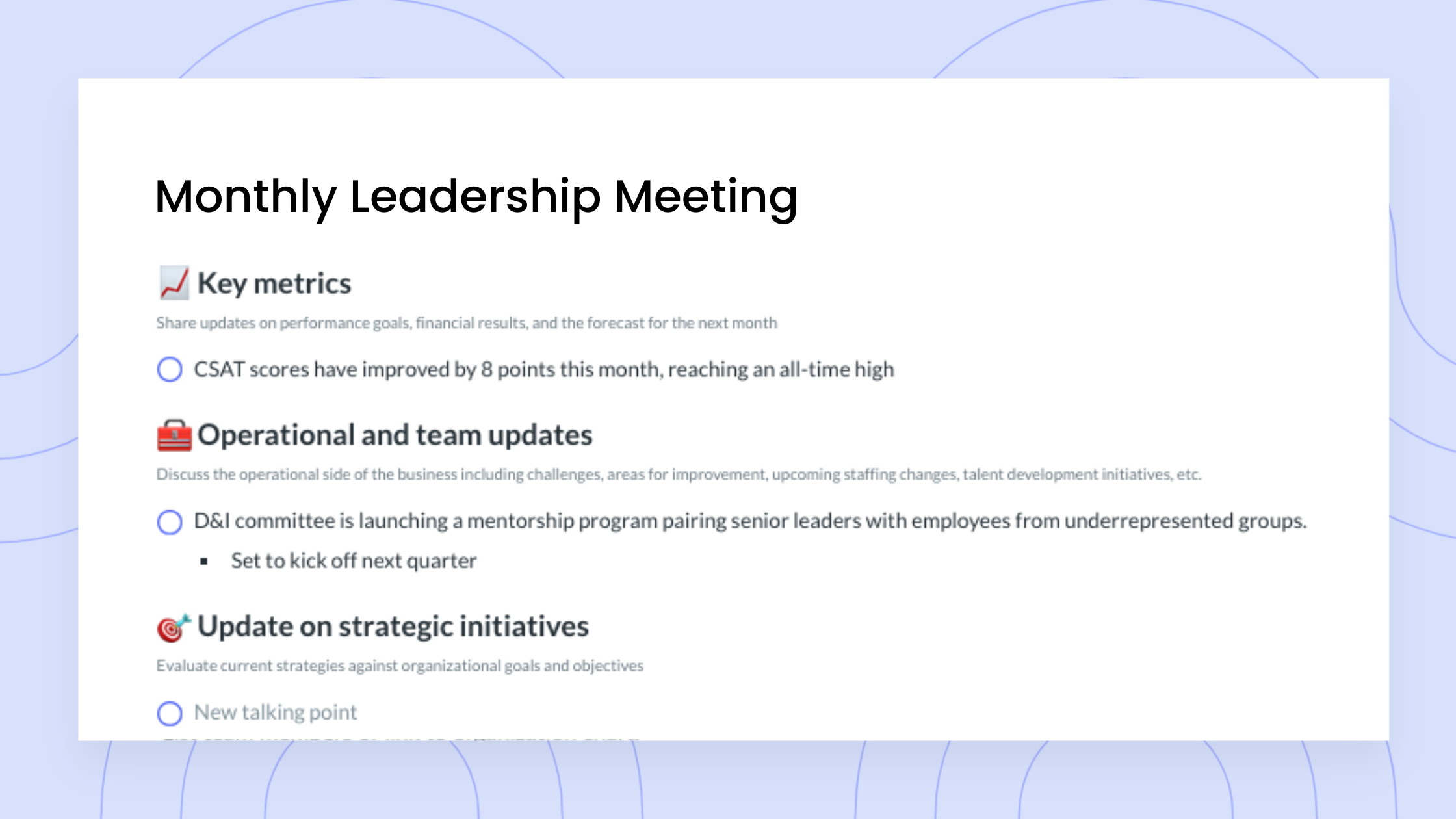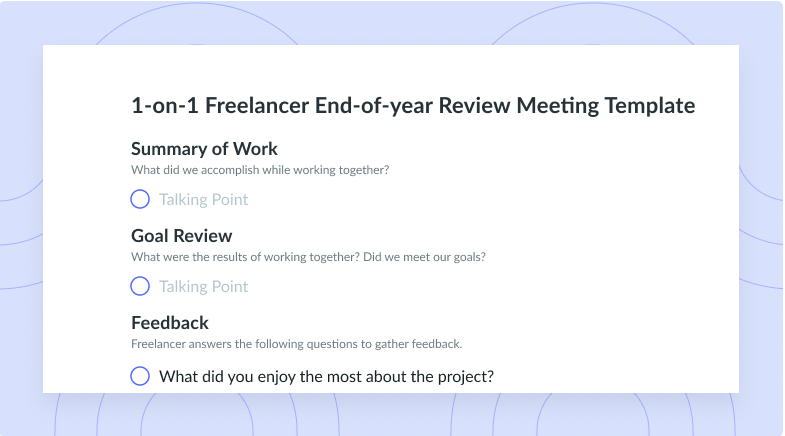Encouraging More Women in Leadership: What Your Organization Can Do
Learn about the current situation of women in leadership positions and what your organization can be doing to influence change.
Getting more women in leadership has been a hot topic for the last decade, if not longer. And every March, during International Women’s history month, we hear organizations commit to having more gender parity in leadership. However, bringing and growing women into leadership positions still continues to be a big challenge for organizations.
- Today’s statistics of women in leadership positions
- What difference does that 10 percent make?
- Why is it important to have women in leadership?
- State of Women in Leadership in Canada
- 9 ways you can grow more women into leadership roles
Today’s statistics of women in leadership positions
The corporate world has made progress when it comes to increasing the number of women in leadership roles at the executive and C-suite level. According to McKinsey’s 2018 Women in the Workplace report, women comprise 19% of executive leadership positions in the corporate world.
According to the same report, women of color represent only 4% of C-suite positions. And according to a 2019 Harvard Business Review study, there were no African-American women leading a Fortune 500 company.
In 2021, there was a slight change and for the first time, two Black women — Roz Brewer from Walgreens Boots Alliance and Thasunda Brown Duckett from TIAA — started serving as CEOs at the same time.
In 2021, 26% of all CEOs and managing directors were women, compared to only 15% in 2019. The Fortune Global 500 reported an all-time high of 23 women CEOs in 2021, including six women of color.
When we translate these statistics into hard numbers, there are only 41 women who are leading Fortune 500 companies today, according to Fortune’s latest list.
Female executives grew by 1.4% between 2015 and 2020, which was a slowdown in growth from 3.9% between 2009 and 2015.
Moreover, gender parity for all women remains elusive at lower and middle management, specifically within entry- and mid-level leadership roles. According to the most recent McKinsey data, women make up 48% of all entry-level hires but only 38% of first-level managers.
What difference does that 10 percent make?
A big one. Over the next five years, 1 million women will remain in entry-level or non-leadership roles while their male co-workers are promoted to more promising career paths.
That long-term talent gap caused by the failure to promote women into entry- and mid-level management roles virtually guarantees that there will be a lack of qualified women for executive and C-suite leadership roles in the future. McKinsey refers to this talent gap as the “broken rung” on the leadership ladder.
Closing that long-term talent gap requires more than simply pointing out unconscious bias, identifying hidden stereotypes and common microaggressions, and paying lip service to gender and racial equality.
Read on to find out actionable steps your organization can take to help.
Why is it important to have women in leadership?
Emerging female leaders and senior leaders alike have an important role to play in ensuring the promotion of women from entry-level through to the C-suite.
The key to achieving gender parity at all levels of an organization is to ensure the success of female leaders in the earliest stages of their management career.
When more women ascend to leadership roles, two things happen:
1. They become role models to girls and to other women.
2. They influence the high-level decision-making that will pave the way toward achieving gender equality and closing the pay gap.
Women make up just over half of the Canadian population, yet continue to be underrepresented in political and professional leadership positions.
State of Women in Leadership in Canada
- Although Canada’s federal Cabinet is now evenly split between men and women, only 27% of the seats in the House of Commons belong to women.
- Women comprise 19.5% of the board members for Canada’s top 500 companies.
- Just 8.5% of the highest-paid positions in Canada’s top 100 listed companies are held by women.
It’s crucial that we give women opportunities to influence our country in impactful ways.
9 ways you can grow more women into leadership roles
Women are interested in being in leadership positions, but there are barriers standing in their way that need to be removed.
The COVID-19 pandemic underscored society’s reliance on women both on the front line and at home, while simultaneously exposing structural inequalities across every sphere, from health to the economy, from security to social protection. In times of crisis, when resources are strained and institutional capacity is limited, women and girls face disproportionate impacts with far reaching consequences.
- Rethink and change the system
- Acknowledge and address challenges
- Remove masculine words from job descriptions
- Offer flexibility in work schedules
- Partner with women in leadership communities
- Review pay structures
- Create an inclusive environment
- Define and review goals and performance objectives
- Promote employee resource groups
1 Rethink and change the system
Just getting more women into leadership positions is not enough. Unconscious bias can impact the experience women in leadership have. Addressing and acknowledging that unconscious bias is the first step to attracting and retaining more women in leadership.
One of the ways an organization can make substantial changes is by looking for ways that unconscious bias in the organization affects opportunities and motivation for women.
Make it a core value and mission to not only increase the number of women in leadership but also to retain them.
2 Acknowledge that women face disproportionate challenges and address these challenges with targeted professional development plans
“The top 4 leadership challenges for women are typically establishing credibility, managing up and across the organization, negotiating adeptly, and influencing others.”
source
You could provide:
- Mentorship Programs
- Targeted Training
- Coaching Opportunities
- Provide Executive Level Support
3 Remove masculine words from job descriptions
You can make your job descriptions more gender-neutral by removing some of the top masculine words like aggressive, competitive, expert, lead, and analyze.
Here are some ways you can remove bias from job descriptions:
- Check pronouns
- Avoid your use of gender-charged words. For example “analyze” and “determine” are typically considered male traits while words like “collaborate” are considered female
- State your commitment to diversity and inclusion
4 Offer flexibility in work schedules
Explained — Why Women Are Paid Less, a Netflix documentary on diversity, breaks down the pay gap between women and men in the workplace. One of the biggest takeaways is that women who have children are at an even larger disadvantage when it comes to advancing to management roles than women who don’t have kids.
There are companies that are offering benefits to help advance women. For instance, Bumble encourages employees to work flexible schedules that meet their needs, which is helpful for working mothers (amongst other individuals) who can then focus more on their career advancement.
5 Partner with women in leadership communities
There are a ton of great grassroots organizations that support women in leadership. By partnering with these communities, organizations are able to improve the quality of their work experiences, increase their access to talent, and increase productivity in the workplace. Women in leadership communities are located everywhere. Look into your local communities for potential partnerships near you. Here are a few examples of these communities:
- Black Girls Code
- Girls in Tech
- Women in STEM
6 Review pay structures
We’re all aware that across the world, the average gender pay gap is still notable. Take a look at your internal company pay structures to figure out if there is unconscious gender bias, and communicate those findings.
7 Create an inclusive environment where women feel safe to voice their opinions
The higher in the organization, the more scarce women become. As a result, women are subject to increased visibility and scrutiny.
Creating a safe space for learning and experimentation is critical to develop female leaders and position them in a way that allows them to share their opinions.
8 Define and review goals and performance objectives
This point applies to everyone in the organization.
Each year, define goals and performance objectives that are aligned with the organization and the manager you’re supporting. You should also regularly discuss what the manager has accomplished, what went well, and what didn’t go well. Make sure to consistently check your bias as well.
Focus on two or three areas of potential improvement and develop a strategy to ensure you follow through. This will make sure that the leader you are supporting knows you have a vision, a plan, and know where you want to be.
9 Promote employee resource groups
Employee resource groups (ERGs) are a great resource for information sharing and for building relationships. Relationships are a key driver to retaining women in an organization.
More often than not these ERGs are championed and run by minority groups and people of color. Pay them for their extra work!
Don’t know where to start? Learn more about what are ERG’s and how to start one.
Parting words
These are just some of the ways you can support the growth of female leaders in your organization and community. I am certain that there are a hundred more ways you can influence change but at its core, change begins with being intentional – rethinking and intentionally changing the systems that have helped keep the status quo for so long.
What is your organization doing to bring about meaningful change?









